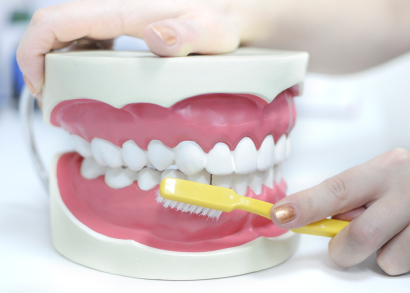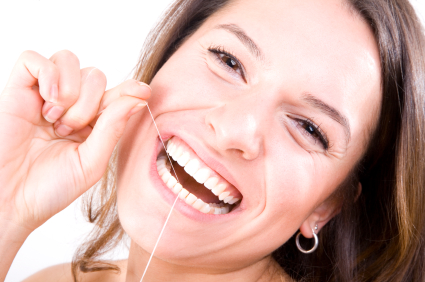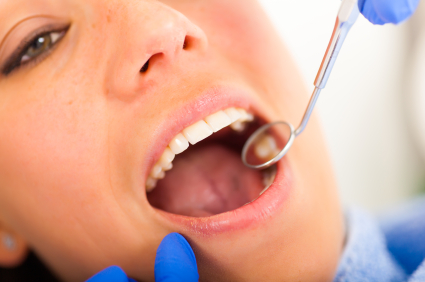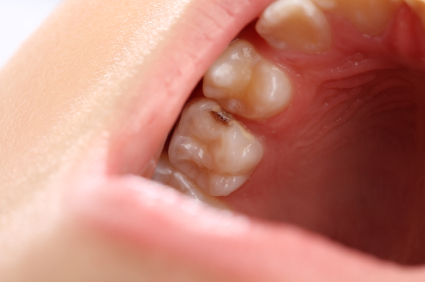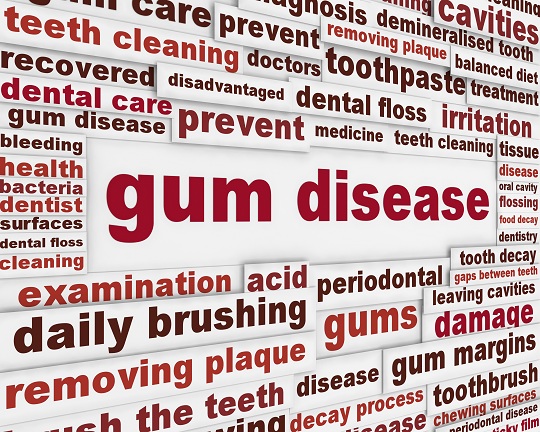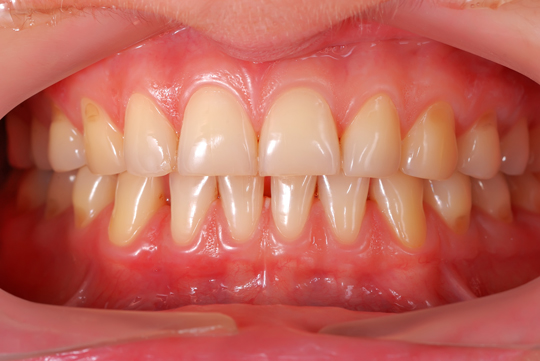If you are noticing that your gums are bleeding or swollen, you may have gingivitis, an early stage of gum disease. If left untreated, your gingivitis could lead to periodontitis, a most severe form of gum disease. This can cause recession, tooth sensitivity, root decay, and even tooth loss. The most effective way to treat your gingivitis is to brush and floss regularly. Read on for more information on the best type of toothbrush for gingivitis.
Electric toothbrushes are more effective than manual toothbrushes in fighting gingivitis. An electric toothbrush will also allow you to brush an increased amount in the same amount of time as when you brush with a manual toothbrush, and they can rotate at a faster speed.
However, if you have particularly sensitive teeth, you may not want to purchase an electric toothbrush as the high speed rotation may be uncomfortable for you. An electric toothbrush also costs more than a manual toothbrush and you will need to replace the toothbrush head as often as you would replace a manual toothbrush.
Additionally, regardless of whether you choose a manual or electric toothbrush, make sure to keep the hardness of the bristles of toothbrush in mind. If you brush particularly vigorously, medium or hard bristles may damage your gums by destroying the protective enamel layer. A toothbrush with soft bristles and rounded tips will be just as effective in removing stains and plaque, but will better for you gums.
For more information about what kind of toothbrush would be best for you specifically, you should ask your dentist. If you do not have a dentist, use TalkLocal to find one. In minutes you will receive phones calls from up to three high quality dentists in your area who are available to make an appointment with you whenever you are free.

